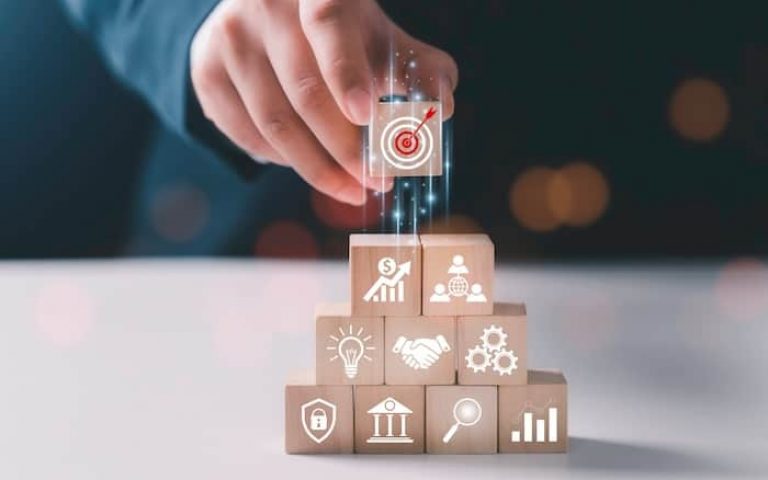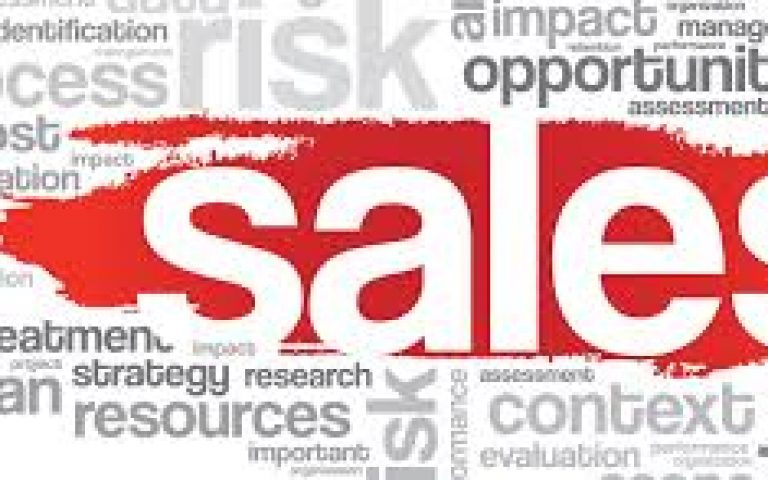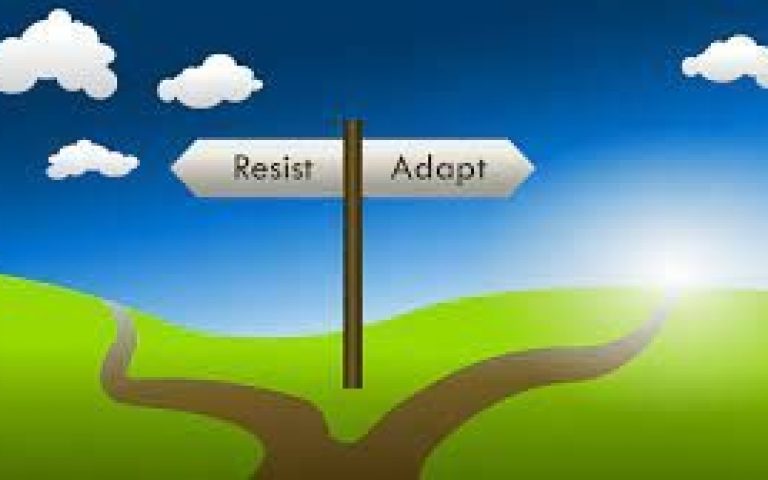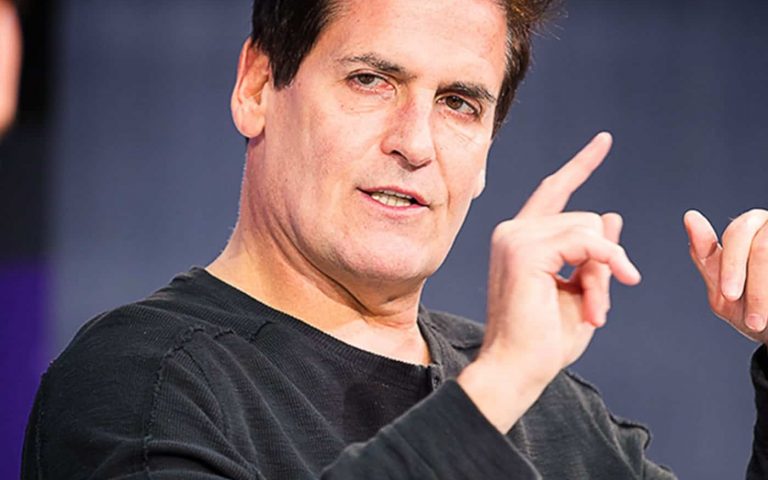The image of the lone entrepreneur with a brilliant idea that changes the world is one of the most enduring myths in business. From the garage start-ups of Silicon Valley to the overnight sensations of the digital age, the story of “one great idea” leading to instant success is captivating. Yet in practice, the path from concept to success is rarely a straight line. A great idea may be the spark, but it is execution, adaptability, timing, and relentless discipline that keep the flame alive.
The myth of the self-sufficient idea persists because it is simple and romantic. It offers the illusion that innovation alone is enough. Many aspiring entrepreneurs fall into the trap of believing that if they have discovered a unique product, service, or approach, the market will naturally reward them. The truth is that ideas, by themselves, have little value until they are developed into a working model that customers actually need and are willing to pay for. Execution is where most ventures either rise or fall.
A good idea is only the beginning of a complex equation that involves validation, operational excellence, and sustained effort. For every successful innovation that reaches the market, there are dozens that never move past the concept stage. Some fail because they address the wrong problem. Others falter because they are introduced too early or too late. The business landscape is littered with examples of good ideas that lacked proper management, market awareness, or financial discipline. Timing and implementation matter just as much as creativity.
One of the key reasons a great idea does not guarantee success is that markets are unpredictable. Even when a product or service is genuinely innovative, it must fit into a marketplace shaped by competition, consumer behavior, and external forces such as regulation and technology. Entrepreneurs often assume that because they love their idea, others will too. This assumption can lead to poor decisions, from overinvesting too soon to neglecting customer feedback. Successful businesses, on the other hand, test, adjust, and evolve constantly. They recognize that market validation is not a single event but a continual process.
Another overlooked factor is the team behind the idea. A visionary concept needs people who can manage, market, sell, and deliver it effectively. Building a business is not a solo act; it requires collaboration, communication, and complementary skills. Entrepreneurs who try to do everything themselves often burn out or fail to scale. Those who build strong teams with diverse expertise have a better chance of transforming vision into reality. Leadership is not about having the best idea in the room but about empowering others to execute it.
Financial management is equally critical. A great idea without sound financial planning can quickly become a liability. Many new ventures underestimate their costs or overestimate early revenues, leading to cash flow problems that can cripple even the most promising business. Strategic financial discipline, knowing when to invest, when to conserve, and when to pivot, often separates sustainable enterprises from those that collapse under their own enthusiasm. The market rewards consistent, well-executed progress more than it does occasional flashes of brilliance.
Adaptability may be the most undervalued ingredient in the success formula. Business environments change rapidly, and what seems revolutionary today can become obsolete tomorrow. The companies that endure are those willing to listen, learn, and adjust. They treat their idea as a starting point, not a destination. This mindset transforms setbacks into opportunities for refinement rather than reasons to quit. History’s most successful entrepreneurs are not necessarily those who had the best idea at the start, but those who learned the fastest and executed the best.
Customer focus is another cornerstone of true business success. Entrepreneurs who fall in love with their idea risk ignoring the very people they aim to serve. A great concept means little if it does not solve a real problem for real people. The best businesses are not built around what the founder wants to sell but around what the customer needs to buy. Listening to customers, gathering feedback, and adapting accordingly are continuous practices, not one-time steps.
Ultimately, the belief that a great idea guarantees success is comforting but dangerous. It shifts focus away from the less glamorous but essential aspects of building business: systems, accountability, leadership, financial control, and strategic planning. Success is the outcome of disciplined execution, constant improvement, and an ability to weather the inevitable challenges that arise along the way. Ideas are plentiful. Effective execution is rare.
In truth, great ideas are like seeds. They hold potential, but without proper soil, water, and care, they never grow. In business, those nurturing forces come from consistent effort, thoughtful planning, and the humility to learn from mistakes. The entrepreneurs who understand this do not rely on inspiration alone. They build frameworks that turn insight into impact. They know that the real magic happens not when an idea is conceived but when it is refined, tested, and brought to life through purposeful action.
A great idea can open a door, but only execution keeps it open. Success in business is not about being the first to imagine something new, but about being the most persistent, the most adaptable, and the most capable of turning imagination into measurable value.
***
TITAN Business Development Group, LLC
business coaching | advisory | exit planning












































































